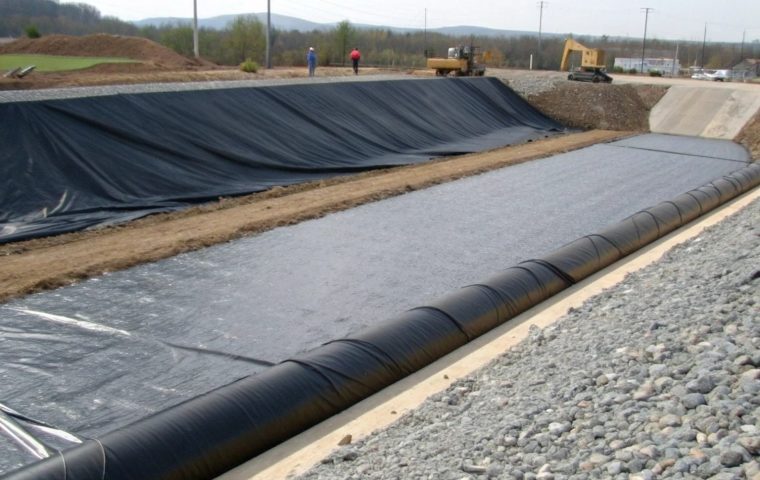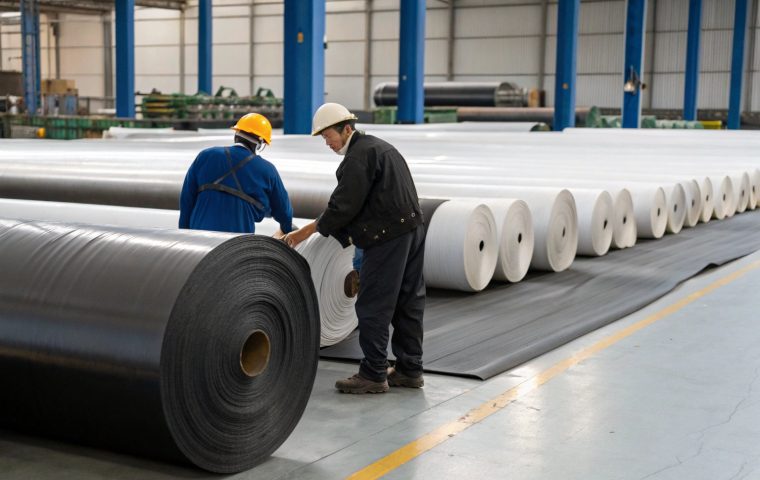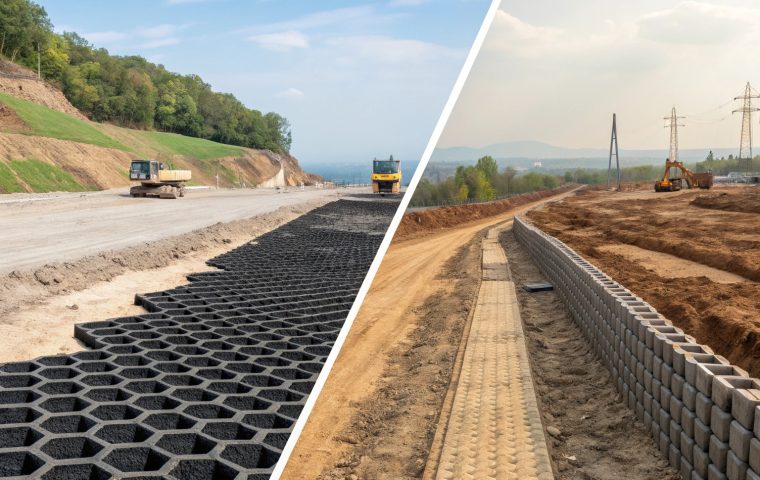Using a simple pond liner for an industrial project can cause catastrophic leaks. This guide clarifies the key engineering differences to ensure you choose the right material for long-term containment.
A geomembrane is an engineered barrier for industrial containment (landfills, mining) with high chemical and UV resistance. A pond liner is a lighter, more flexible material, often non-toxic, specifically for decorative or small-scale water features. Your choice depends entirely on your project's scale and containment requirements.
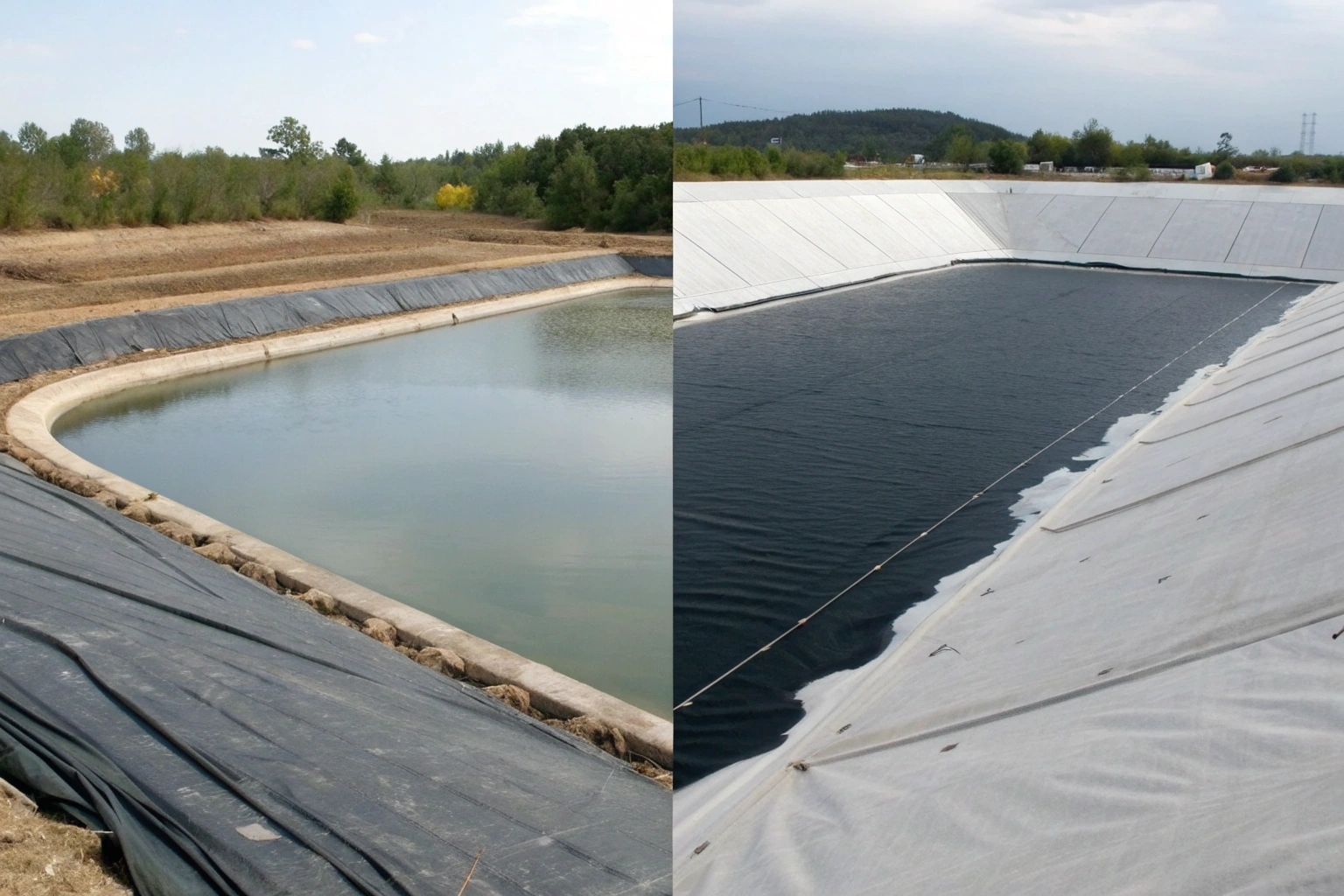
While the terms are often used interchangeably in casual conversation, in the world of engineering and procurement, they represent two distinct classes of materials. Confusing them can lead to specifying an inadequate liner, resulting in failures, environmental damage, and massive financial liability. Understanding the fundamental differences is the first step in protecting your investment and ensuring project success.
What’s the main difference between a geomembrane and a pond liner?
Confused by the different terms? Using them interchangeably can lead to specifying the wrong material, risking leaks and long-term project failure from the very start.
The primary difference is engineering intent. "Geomembrane" is a technical term for a broad category of industrial-grade barriers meeting strict standards. A "pond liner" is a specific-application product, often a type of geomembrane optimized for flexibility and aquatic safety, not extreme industrial stress.
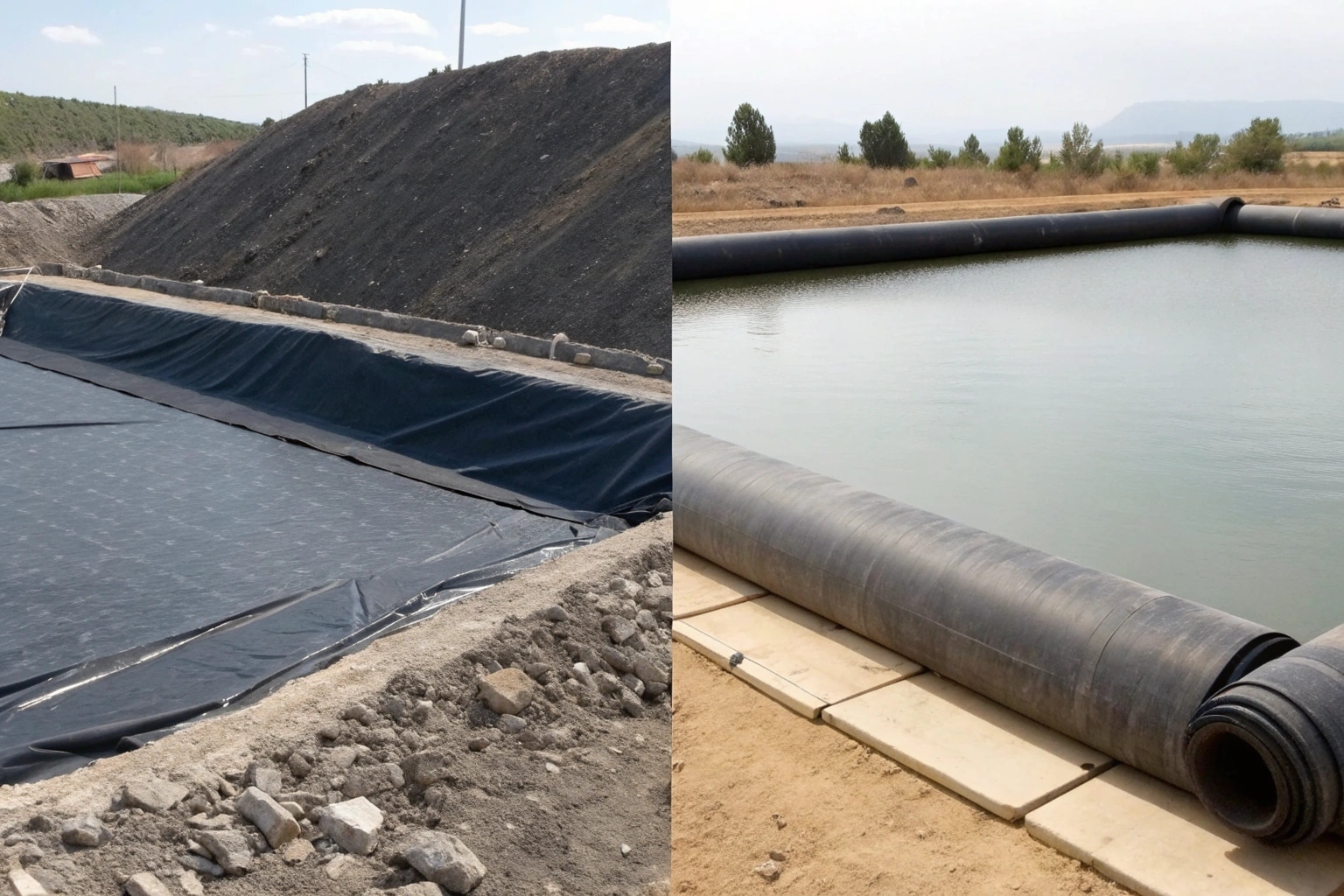
Think of it this way: all pond liners are technically a type of geomembrane, but not all geomembranes are suitable as pond liners. The distinction lies in their formulation, manufacturing standards, and intended application, which are critically different.
| Feature | Geomembrane (e.g., HDPE) | Pond Liner (e.g., EPDM) |
|---|---|---|
| Terminology | An engineering/technical term | An application/commercial term |
| Primary Role | Industrial & Environmental Containment | Decorative & Small-Scale Water Retention |
| Typical Materials | HDPE, LLDPE, Industrial PVC | EPDM, RPE, Fish-Safe PVC |
| Governing Standards | Meets strict ASTM/GRI standards | May meet NSF/FDA for aquatic safety |
How do I choose between them based on my project’s purpose and site conditions?
Choosing the wrong liner for your application can mean a short service life and costly replacement. A liner designed for a garden pond will quickly degrade in a wastewater lagoon.
Choose industrial-grade geomembranes (like HDPE) for large-scale, critical containment such as landfills, mining operations, or chemical storage. Choose flexible pond liners (like EPDM or PVC) for small, decorative garden ponds, water features, and projects where simple installation is a priority.
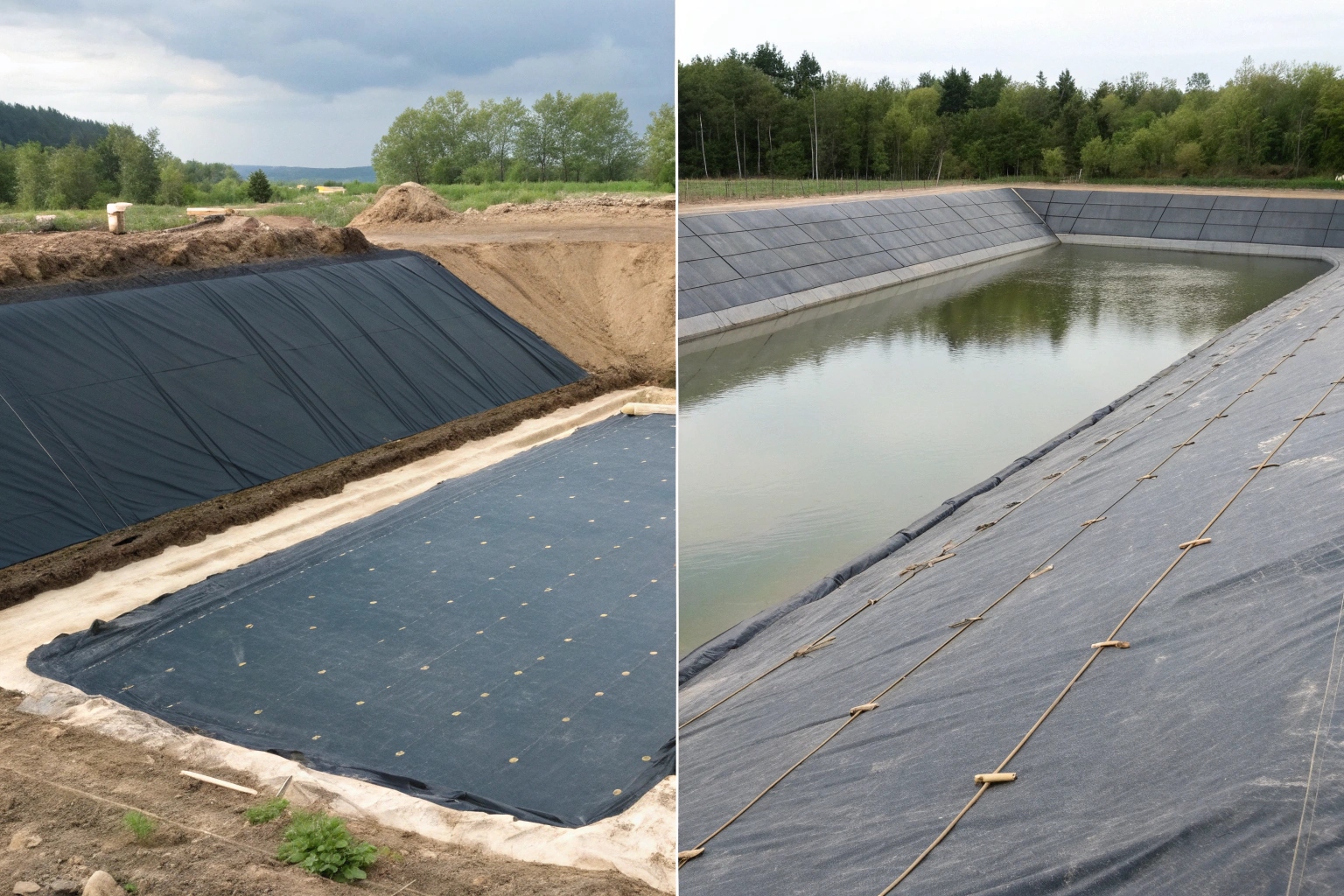
The decision should be guided by the project's scale, the chemical and physical stresses involved, and the consequences of a potential failure.
Use a Geomembrane for:
- Environmental & Industrial Containment: Landfills, mining leach pads, wastewater treatment ponds, and secondary containment for chemical tanks. These require extreme chemical and UV resistance.
- Large-Scale Water Storage: Municipal reservoirs, large irrigation canals, and commercial aquaculture farms. These projects demand long-term durability and cost-effectiveness over vast areas.
- Projects with Regulatory Oversight: Any project governed by environmental regulations will almost certainly mandate a high-performance geomembrane that meets specific engineering standards.
Use a Pond Liner for:
- Decorative & Landscaping Projects: Backyard ponds, golf course water hazards, and architectural water features. Here, flexibility to fit complex shapes and safety for fish and plants are paramount.
- Small-Scale Water Retention: Small agricultural irrigation ponds or temporary water storage where the demands for chemical resistance and sheer strength are low.
What product features affect cost, strength, and lifespan in lining systems?
Focusing only on the upfront price-per-square-meter is a common trap. This ignores the key material features that determine whether your liner will last 5 years or 30 years.
The most critical features affecting performance and cost are material type (e.g., HDPE, EPDM, PVC), thickness, and formulation (quality of resin and additives). HDPE typically offers the longest lifespan and best chemical resistance at a lower material cost for large projects.
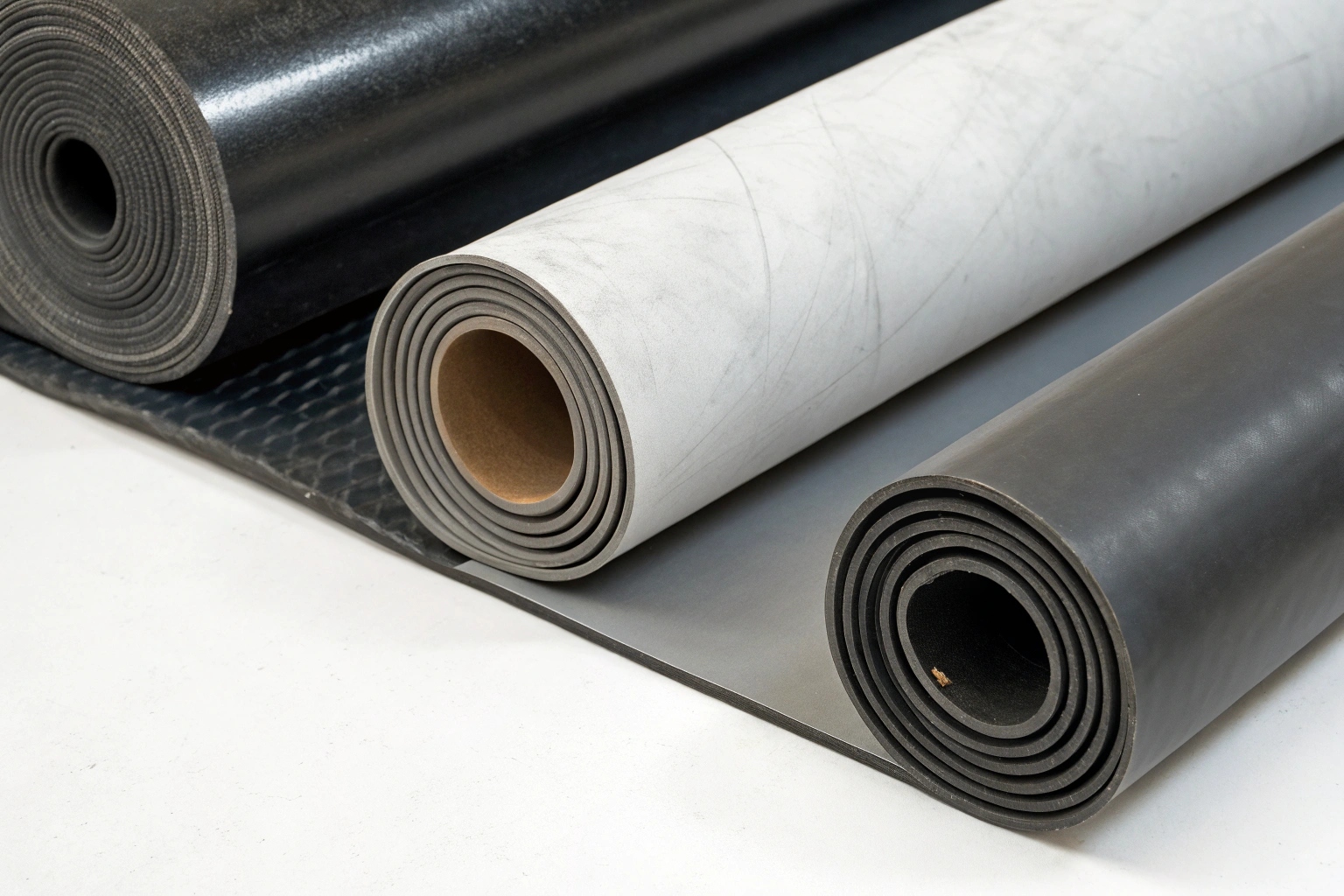
Each material offers a different balance of properties. Understanding this trade-off is essential for specifying a liner that is both cost-effective and fit-for-purpose.
| Feature | HDPE Geomembrane | EPDM Pond Liner | PVC Pond Liner |
|---|---|---|---|
| Relative Cost | Low-to-Medium | High | Low |
| Tensile Strength | Very High | Medium | Low-to-Medium |
| Flexibility | Low | Very High | High |
| Expected Lifespan | 30+ years | ~20 years | 10-20 years |
| UV Resistance | Excellent | Very Good | Fair (best if buried) |
| Chemical Resistance | Excellent | Good | Fair |
How can I make sure my lining material delivers long-term waterproof performance?
Even the highest-quality material will fail if installed improperly. A single bad seam can compromise the integrity of the entire system, leading to leaks and costly remediation efforts.
Long-term performance is guaranteed by professional installation. For geomembranes, this mandates thermal fusion welding (hot-wedge or extrusion) by certified technicians and rigorous on-site quality assurance (CQA). For any liner, meticulous subgrade preparation is the absolute foundation for success.
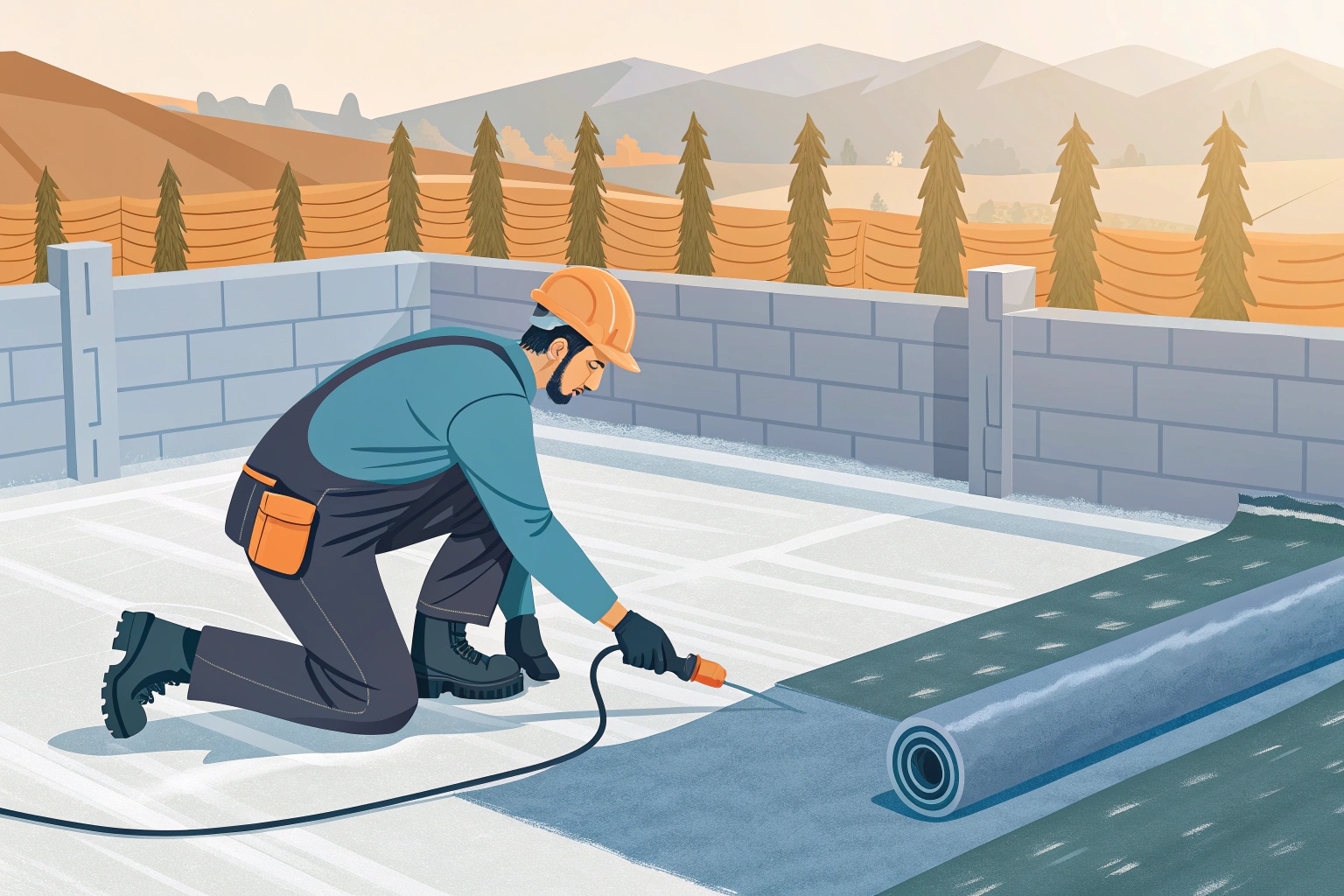
The liner is only one part of a complete system. The keys to durability are found in the ground preparation and the seaming technique.
Critical Steps for Long-Term Performance:
- Subgrade Preparation: The ground beneath the liner must be smooth, uniform, and free of any rocks, roots, or sharp objects that could cause a puncture. A protective nonwoven geotextile is often installed as a cushion layer.
- Professional Seaming: Industrial geomembrane seams are not glued; they are welded using specialized heat equipment. This process creates a permanent, monolithic bond that is as strong and impermeable as the liner material itself. This is the single biggest difference from DIY pond liner installations.
- Construction Quality Assurance (CQA): For any critical project, a CQA plan is essential. This involves methodical inspection and non-destructive testing (such as air pressure or vacuum box tests) on 100% of the field seams to ensure a completely leak-free installation before any cover material is placed.
Conclusion
Choose geomembranes for engineered industrial containment and pond liners for decorative water features. The right material, professionally installed on a prepared subgrade, is the key to achieving long-term waterproof security.

